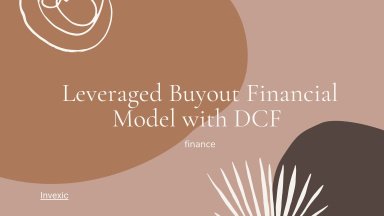
Originally published: 13/05/2022 13:45
Last version published: 15/06/2022 15:45
Publication number: ELQ-95307-2
View all versions & Certificate
Last version published: 15/06/2022 15:45
Publication number: ELQ-95307-2
View all versions & Certificate

Leveraged Buyout Financial Model with DCF
Leveraged Buyout analysis is similar to a DCF analysis...







